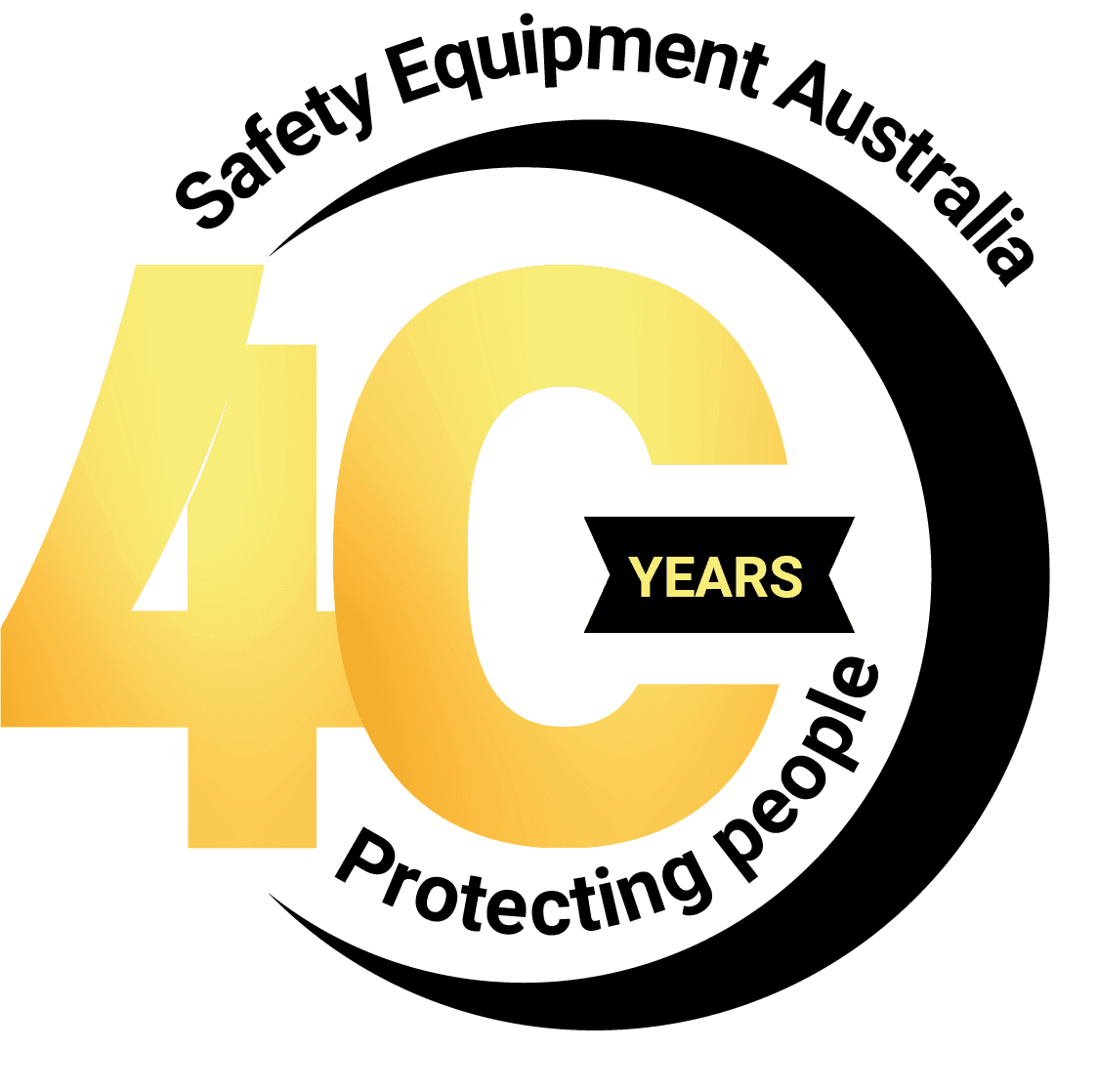The cost difference between disposable and elastomer respirators
Have you worked out the long-term cost of your respiratory protection equipment? It is easy to think that a disposable respirator is a cheap respirator — but is it?
Everyone knows that a disposable dust mask is much less expensive than, say, a silicone face-seal respirator. The real picture appears only when you look at how many masks and filters you buy, for how many workers, over how long a time. The key point is how long each component is going to last and work effectively. In regard to cost, there are some fundamental differences between elastomer (rubber, silicone, TPE etc.) and disposable respirators:
Service life of facepiece:
| ELASTOMER | DISPOSABLE |
| Several years | Single use only |
Life span of filter:
| ELASTOMER | DISPOSABLE |
| 20–40 work days | ½ – 1 work day |
Below, we have done some mathematics for you. (The prices are in Australian dollars.) These examples use our own Sundström SR100 silicone half mask respirator with a class P3 high-efficiency mechanical particle filter and pre-filter, compared with the typical price of a well-known brand disposable class P2 (N95) electrostatic dust respirator fitted with an exhalation valve.
NOTE: in the examples below, we have presupposed that the SR100 has a working life of 2 years. We have made the calculations based on the masks being used 210 days of the year.
1 disposable/day:

| PER EMPLOYEE | SR100 | DISPOSABLE |
| Purchase price, facepiece | $76.85 | — |
| Pre-filter cost per year: | $0.65 x 210 = $136.50 | — |
| Main filter cost per year: | $24.16 x 12 = $289.92 | $4.33 x 210 = $909.30 |
| Total per annum: | $464.85 | $909.30 |
As many operations require disposable masks to be replaced twice a day, here is the annual cost for those industries:
2 disposables/day:

| PER EMPLOYEE | SR100 | DISPOSABLE |
| Purchase price, facepiece | $76.85 | — |
| Pre-filter cost per year: | $0.65 x 210 = $136.50 | — |
| Main filter cost per year: | $24.16 x 12 = $289.92 | $4.33 x 210 = $1,818.60 |
| Total per annum: | $464.85 | $1,818.60 |
What size half mask do I need?
A proper fit is just about the most important consideration for a respirator. We know that about 80% of the population will fit into a medium sized respirator, but in accordance to AS/NZ 1715:2009 for the use and maintenance of respiratory equipment, a quantitive fit test is required to determine the most suitable facepiece.


